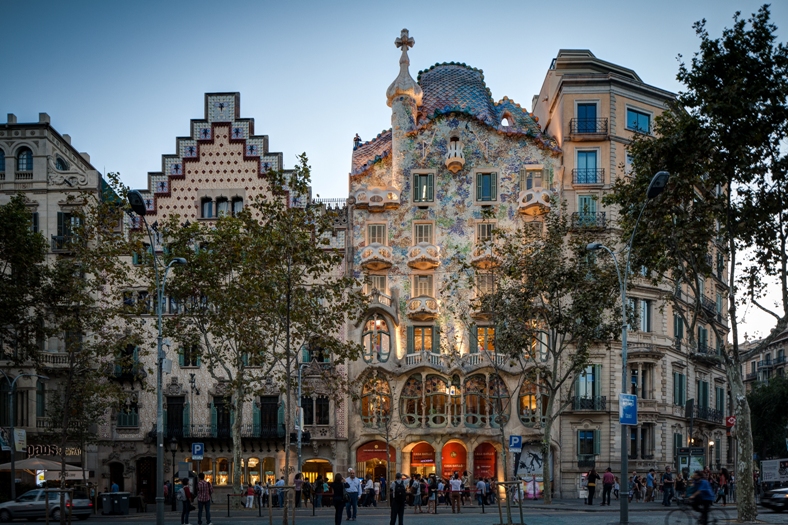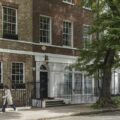The city of Barcelona is a gorgeous place, you can walk throgh the streets, visit a lot of monuments, and sit in a terrace to drink a beer and eat tapas. The magic of Barcelona lives in the mix of different architecture that the city has got. You can find remains of Roman architecture, like the three columns of the Augustus temple, there are examples of Romanesque art like the monastery of San Pablo del Campo, there’s also gothic architecture, like Santa Cruz and Santa Eulalia’s cathedral or the Barrio Gótico. At the end of the 16th century, the Renaissance spirit comes to Barcelona, shown in works like the facade of the Palace of the Generalitat. From a late Baroque to Neoclassicism, Barcelona is getting ready for what’s coming next. The style that really represents the city is the Catalan modernism and more than it, Antoni Gaudí.

The casa Batlló is a beautiful place to visit. This building, work by Antoni Gaudí, is an example of his naturalistic style. The construction is a reshuffle of an earlier building made by Emilio Sala Cortés. In 1903 the building was bought by Josep Batlló i Casanovas, a businessman who owned several textile factories in the city. By then, Gaudí was already a renowned architect so Batlló entrusts him the reform of the building. He was so happy with the work that Gaudí did, that he recommended him to his friend Pere Milà i Camps, for which Gaudí built the Casa Milà.
For its realization, Gaudí made several models in plaster with his own hands to find the desired form, that remembers the waves of the Mediterranean sea. The curved surfaces are a constant in the work of Antoni Gaudí and the wavy forms are found throughout the building. The façade was made of sandstone Montjuïc, carved in a curved shape. With plant representations, the columns are bone-shaped. The architect covered the façade with ceramic pieces of glass of various colors with his famous trencadís, whose placement he personally directed. Gaudí obtained that pieces in the remains of the Pelegri glassware.
The interior was also designed by Gaudí, in the central part of the building is the patio of lights which was extended by Gaudí to get better illumination and ventilation. This zone was covered with a glass skylight supported by an iron structure with catenary arches. It’s covered by tiles with gradation from blue to white, and that seems that you’re in the middle of the ocean. Gaudí’s work was also the apartments of the interior, designed with the same passion as the exterior and using different industrial and decorative arts such as the forge or ceramics. The roof was conceived as a functional and aesthetic space, because it was the ventilation area of the building, but its treatment was almost sculptural.


